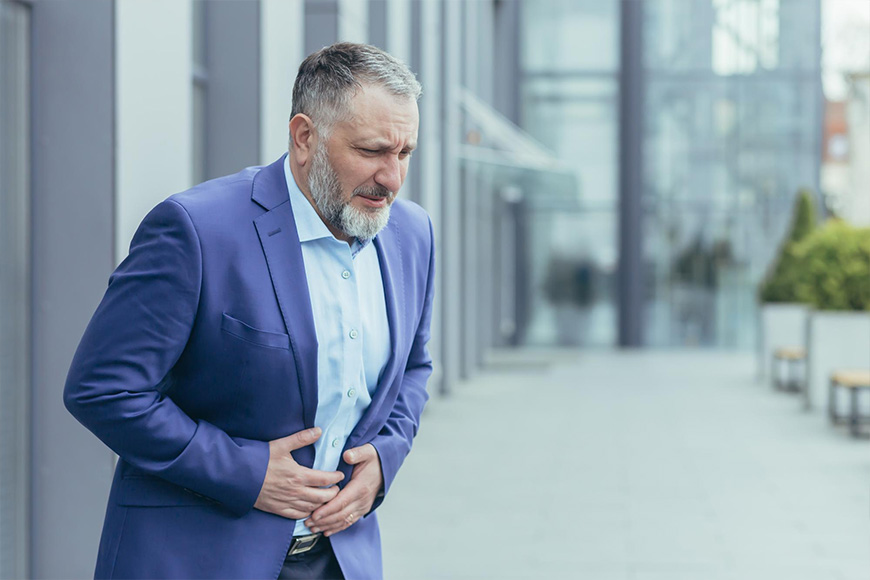
Gastroscopy
Gastroscopy, Belgrade. TOP PRICE✓ Endoscopic examination✓ Diagnosis of problems with the stomach, stomach and intestines. Fast and safe, with top experts✓
Gastroscopy
Gastroscopy is a modern examination of the esophagus, stomach, and duodenum. It is a short and painless procedure for the patient. The doctor may recommend this endoscopic procedure to:
-
Examine digestive symptoms
An endoscopic examination can help the doctor determine the cause of digestive problems and symptoms such as nausea, vomiting, abdominal pain, difficulty swallowing, and digestive bleeding. -
Establish a diagnosis
The doctor may use an endoscopic examination to collect tissue samples (biopsy) to identify diseases and conditions such as anemia, bleeding, inflammation, diarrhea, or digestive organ cancer. -
Address a problem or potential threat
The doctor can use special instruments on the endoscope to treat issues in your digestive system, such as:
- Burning a blood vessel to stop bleeding using a clip (clipping)
- Expanding a narrow esophagus
- Removing polyps by resection
- Removing a foreign object
Preparation for Gastroscopy
The doctor and other medical staff will provide specific instructions to prepare for the gastroscopy. The doctor may ask you to stop eating and drinking 4 to 8 hours before the endoscopy. This ensures that your stomach is empty for the examination and that the procedure can be performed without complications. Additionally, the doctor may ask you to stop taking certain medications in the days leading up to the endoscopy. If you have chronic conditions such as diabetes, heart disease, or high blood pressure, the doctor will provide special instructions regarding treatment.
How is the Procedure Performed?
Gastroscopy can be performed under local anesthesia, which is recommended for patient comfort. A local anesthetic, applied in spray or gel form, is used directly on the back of the throat to ease the discomfort as the endoscope passes through the pharynx. The device is shaped like a thin tube with a light at the tip and is inserted through the mouth with a soft plastic guard under visual control, all the way to the duodenum. This type of diagnosis provides a clear view of the esophagus, the junction between the esophagus and stomach, the stomach itself, and the junction between the stomach and duodenum. During gastroscopy, a biopsy can be taken if deemed necessary. The procedure typically lasts 10 to 30 minutes.
What Happens After Gastroscopy?
After leaving the hospital, some mild symptoms may occur following the endoscopy, such as bloating and gas, cramps, and a sore throat (throat pain). These symptoms will improve over time. If you are concerned or feel very uncomfortable, contact your doctor.
Gastroscopy Results
A complete report and doctor's findings are provided based on what was discovered during the gastroscopy. If no biopsy was taken, the doctor's findings are given immediately after the diagnostic procedure. If a tissue sample was taken, you will need to wait a few days for laboratory results, after which you will receive a final report with a diagnosis and treatment recommendation. Gastroscopy is a type of endoscopy and is a very safe procedure. Complications are extremely rare, but they can include bleeding, infections, and injuries to the wall of a digestive organ. The risk of complications can be minimized by following the doctor's and medical staff's instructions for preparing for the gastroscopy, such as adhering to the recommended diet and avoiding certain medications. In the diagnostic unit, colonoscopy can also be performed in addition to gastroscopy. The medical team specializing in this type of diagnosis includes gastroenterology specialists.